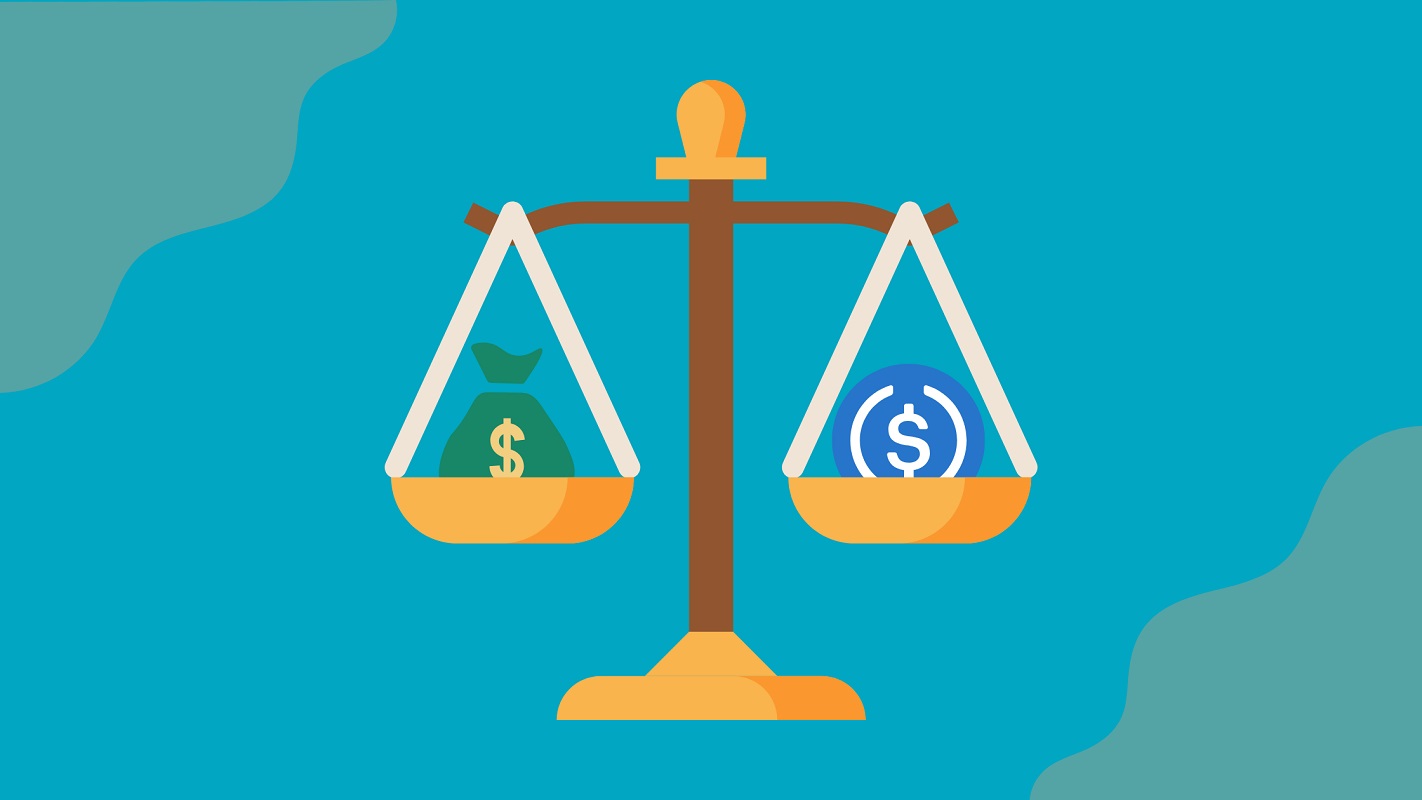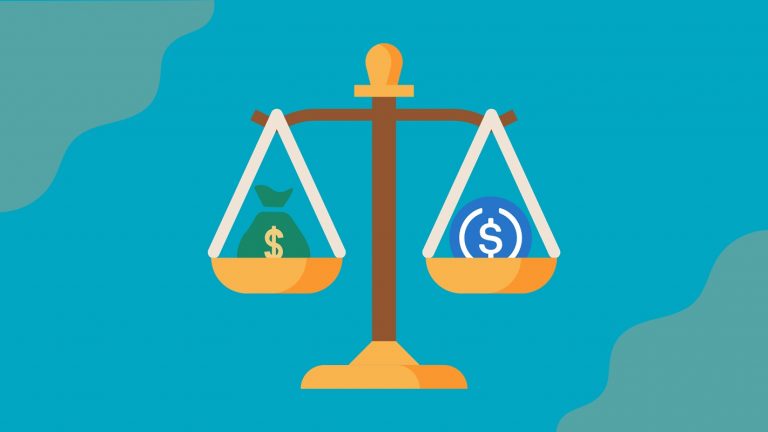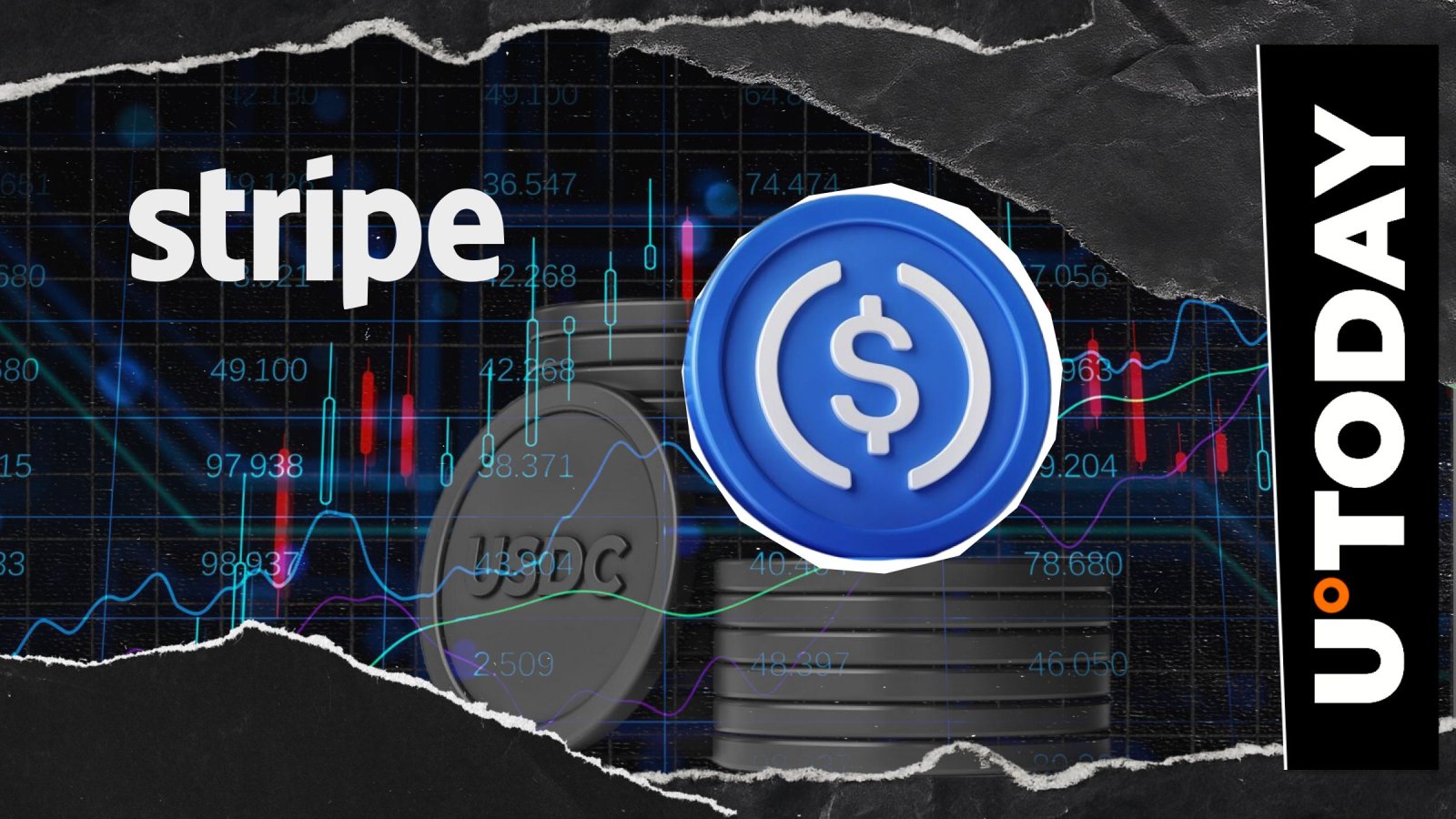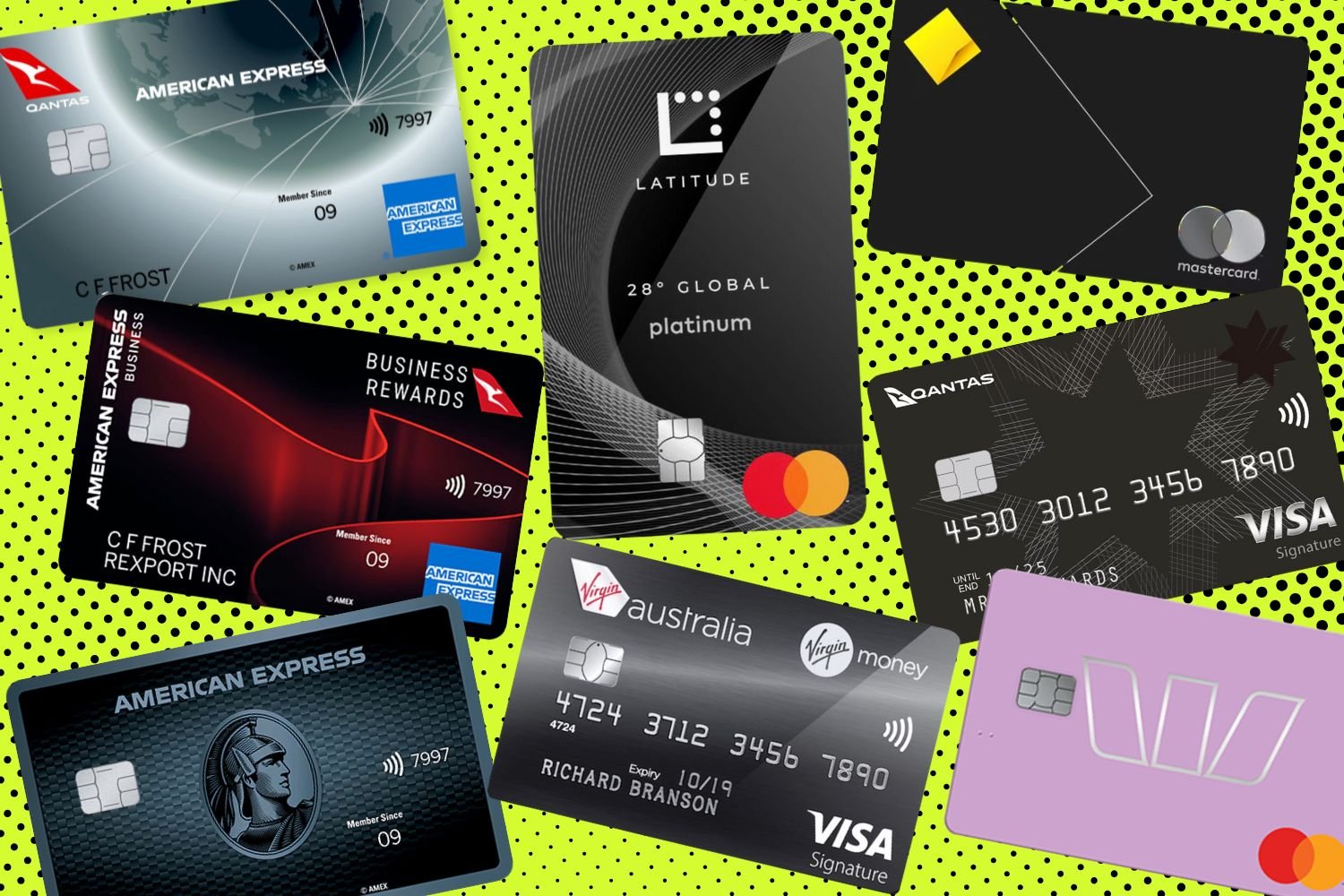French Banking Giant ODDO BHF Launches EUROD, A MiCA-Compliant Euro Stablecoin


ODDO BHF, a 175-year-old French banking group managing over €150 billion $173 billion in assets, announced the launch of EUROD, its first venture into the cryptocurrency space.
This euro-pegged stablecoin is designed to bridge traditional finance with blockchain, offering low-volatility digital euros for payments, trading, settlements, and treasury operations.
It’s fully compliant with the European Union’s Markets in Crypto-Assets (MiCA) regulation, ensuring transparency, full reserves, and redemption rights for users. Issued 1:1 against the euro, with reserves held by ODDO BHF Asset Management.
It emphasizes stability and regulatory oversight to appeal to risk-averse institutions and retail users. Built on the Polygon blockchain for fast, low-cost transactions. Issued in partnership with Fireblocks for secure custody.
Register for Tekedia Mini-MBA edition 18 (Sep 15 – Dec 6, 2025): registration continues.
Tekedia AI in Business Masterclass opens registrations.
Join Tekedia Capital Syndicate and co-invest in great global startups.
Register for Tekedia AI Lab: From Technical Design to Deployment.
Debuts on Bit2Me, a Madrid-based crypto exchange authorized under MiCA and backed by major players like Telefónica telecom giant, Unicaja, and BBVA Spanish banks. This partnership aims to accelerate adoption in Europe and Latin America.
It serves both retail investors for everyday digital payments and institutions for cross-border efficiency and DeFi integration. It positions itself as a regulated alternative to USD-dominated stablecoins like USDT or USDC.
EUROD joins euro stablecoins like Société Générale’s EURCV and Circle’s EURC; total stablecoin market cap exceeds $300B. This launch reflects a surge in European banks embracing stablecoins to counter U.S. dollar dominance in crypto.

Just last month, a consortium of nine banks including ING and UniCredit announced plans for a joint euro stablecoin by mid-2026. ODDO BHF’s move could enhance eurozone liquidity on-chain, reduce reliance on volatile fiat transfers, and boost fintech innovation—especially as MiCA fully takes effect.
While EUROD is a small player initially, its regulated status from a established bank like ODDO BHF could drive wider trust and adoption, signaling that crypto is no longer fringe—it’s becoming institutional infrastructure.
EUROD challenges the dominance of USD-pegged stablecoins, which dominate over 90% of the $300B+ stablecoin market. A euro-backed stablecoin could increase the euro’s role in global digital transactions, aligning with EU efforts to bolster its currency in crypto markets.

By providing a regulated, low-volatility digital euro, EUROD enhances on-chain liquidity for eurozone businesses and consumers, facilitating smoother cross-border payments and DeFi integration.
As a bank-issued stablecoin, EUROD signals growing institutional acceptance of blockchain, potentially encouraging other European banks to follow suit, especially after the recent announcement by nine banks for a joint euro stablecoin by mid-2026.
EUROD’s full compliance with the EU’s Markets in Crypto-Assets (MiCA) regulation sets a benchmark for transparency, reserve backing, and user redemption rights. This could pressure non-compliant or offshore stablecoins to align with stricter standards or lose market share in Europe.
As one of the first MiCA-compliant stablecoins from a major bank, EUROD could serve as a template for other institutions, accelerating the adoption of regulated digital assets across the EU.
The EU’s robust regulatory framework, exemplified by EUROD, may push other jurisdictions to adopt similar standards, reshaping the global stablecoin landscape.
Built on Polygon, EUROD offers low-cost, fast transactions, making it attractive for retail payments and institutional use cases like settlements and treasury management. This could reduce reliance on costly traditional financial systems like SWIFT.
EUROD’s blockchain compatibility opens doors for decentralized finance applications, enabling euro-based lending, staking, or yield farming, which could attract fintechs and institutional investors to Web3. .
EUROD enters a competitive field with existing euro stablecoins like Société Générale’s EURCV and Circle’s EURC. Its success will depend on adoption, liquidity, and integration into major platforms beyond Bit2Me.
The planned euro stablecoin by nine major banks could overshadow EUROD unless it captures significant market share early. However, ODDO BHF’s first-mover advantage and established reputation may give it an edge.
A 175-year-old bank like ODDO BHF entering the stablecoin space signals that crypto is no longer a niche market but a core part of financial infrastructure. This could normalize digital assets for conservative investors and regulators.
EUROD’s launch may spur fintech innovation, encouraging startups to build euro-based DeFi protocols, payment apps, or tokenized asset platforms, further bridging traditional finance and blockchain.
By promoting a euro stablecoin, the EU could reduce reliance on U.S.-centric financial systems, aligning with broader strategic goals of financial sovereignty in the face of global economic shifts.
While Polygon offers low fees, EUROD’s long-term success depends on its ability to scale across other blockchains or platforms without compromising security or compliance.
EUROD’s launch marks a pivotal moment for European finance, blending traditional banking credibility with blockchain innovation. It strengthens the euro’s digital presence, aligns with MiCA’s regulatory push, and sets the stage for broader institutional adoption.



